In a previous post, I wrote about scientists researching the perfect free-kick. Now, with the rebirth of the video-replay debate as a result of Roy Carroll’s shameless lack of sportsmanship in the Man Utd v Spurs match a week or two ago (where he appeared – to the ref at least – to “save” what was clearly a goal) I thought I’d have a little look at some of the technologies which may be part of high-end football’s future.
There are several competing technologies vying for the attention of football’s rule-making body, the International Football Association Board (IFAB), who hold their 119th annual general meeting in Cardiff on 26 February 2005. From a purely Spirit of Football perspective, I’m interested in this issue because it will also determine the nature of The Ball that travels from Battersea Park every four years.
Let me start with a ball, dubbed the i-ball, first developed by Italian referee Gabriele Cruciali, which contains a microchip that registers when it has crossed the goal-line, and informs the referee instantaneously. Mr Cruciali apparently set out on his quest for a smart football in 1976 after fans invaded the pitch and attacked him after a match in the Trodica (Macerata) stadium during which he incorrectly disallowed a goal. He decided that the only way to avoid such incidents in future was to take such decisions out of the hands of future referees.
An alternative to the i-ball (which is currently being developed by adidas) comes from a German company called Cairos Technologies, who make ball and shinpad transmitters and an array of sensors which surround the pitch. As Harry Pearson notes in a Guardian article, the system can apparently track the location of the ball and all the players – and make decisions about the relative positions of those players when the ball is kicked without human intervention. Goodbye dodgy offside decisions, so they say.
As you probably know already, one of the arguments against the introduction of technology into the game (promoted by FIFA boss Sepp Blatter, amongst others) is that it would interrupt the flow of the game and diminish the role and authority of the referee. While this seems like a sensible stance for some decisions, particularly if they involve a delay for a video-replay of an incident, it may actually hinder the adoption of some technologies. Because the seemingly noble basis of this position is that the game should be the same whether it is played in Oslo, Ouagadougou or Old Trafford, it suggests that there should be a blanket-ban on any technological assistance at all.
I’ve moved away from this position to a certain extent, although I am in agreement that it is important that the rules do not change from level to level. It seems to me that there’s no reason why “the pitch” should not be aware of the state of play at any particular moment if the technology and funds permit it. Shinpad transmitters, a ball that knows when it has been kicked and recognises the bounds of the field of play would make obsolete the purely technical decisions that referees currently adjudicate on. Unlike video-replays, with these radio-based technologies, the decisions are relayed to the referee – and to them alone – immediately. I cannot imagine a situation where referees have to consult the big screen to watch replays of the contentious event at the same time as the crowd. This would put the ref in an unenviable situation indeed. Rather than diminishing the authority of the referee, I suggest that instantaneous, private technical decision-making frees them to judge player conduct instead.
Supposedly, FIFA delegates will debate this issue as well as other proposed amendments to various laws of the game, when they meet for the IFAB AGM next month. I gues we’ll have to waitand see what they, in their wisdom, come up with. In a strange ironic twist to the story of the Carroll incident, it appears that the linesman who failed to spot the “goal” at Old Trafford has recently been promoted to FIFA’s elite list, meaning that he may end up officiating in the World Cup finals in Germany next year.
Mind you, all of this becomes completely irrelevant if the implications of this story become reality…
Postscript: It seems that FIFA will indeed be using the Cairos i-ball during the 2006 World Cup, according to this story on the Deutsche Welle website.
Written by Christian Wach on Wednesday, January 12th, 2005

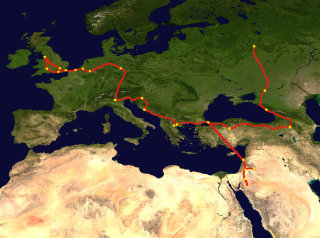
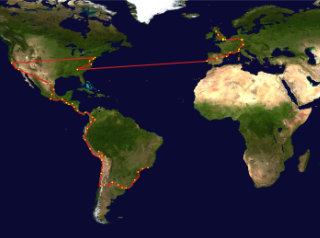
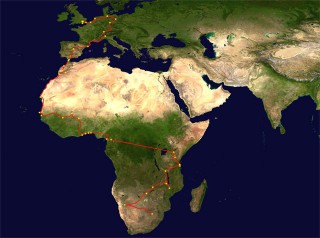
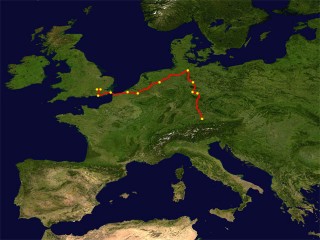
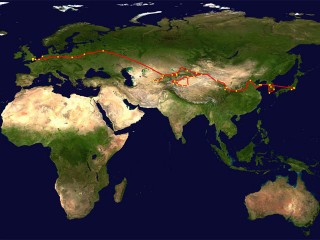


No comments yet
Be the first to leave one!